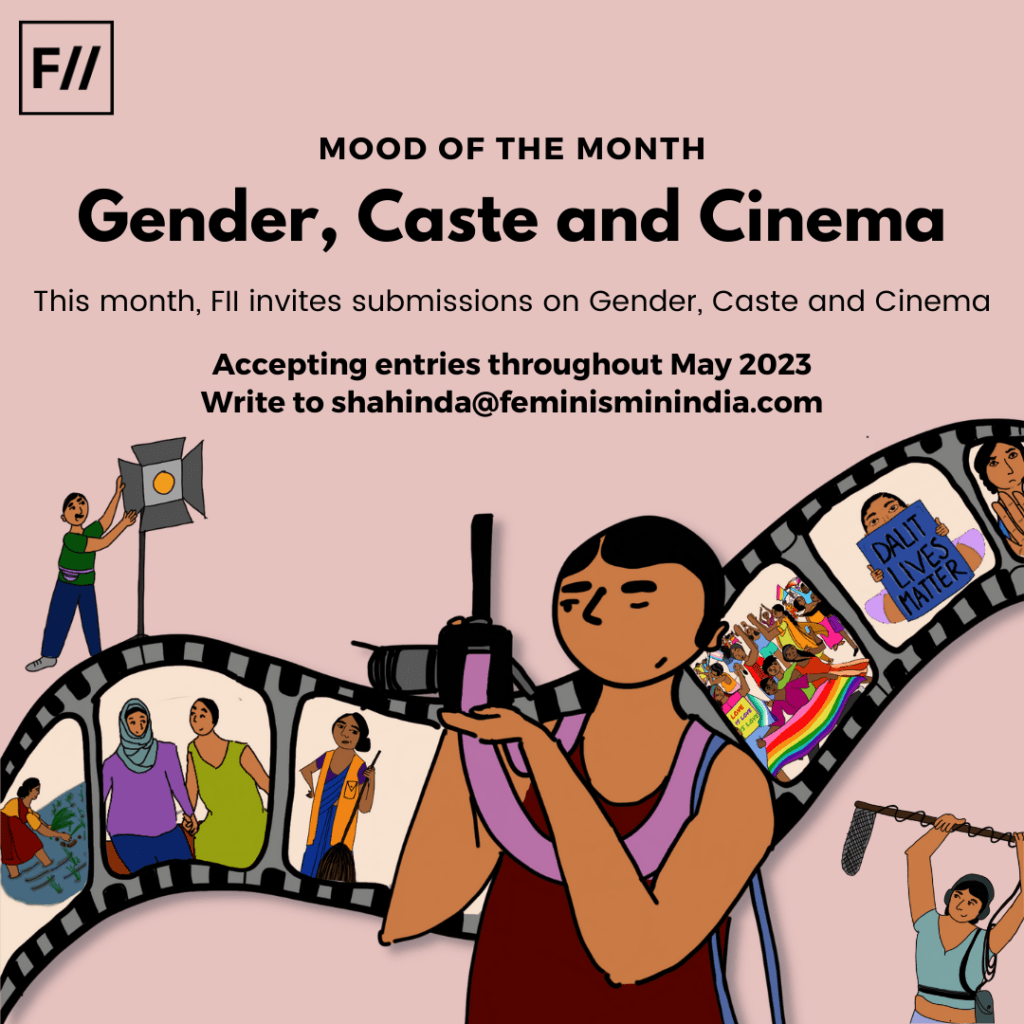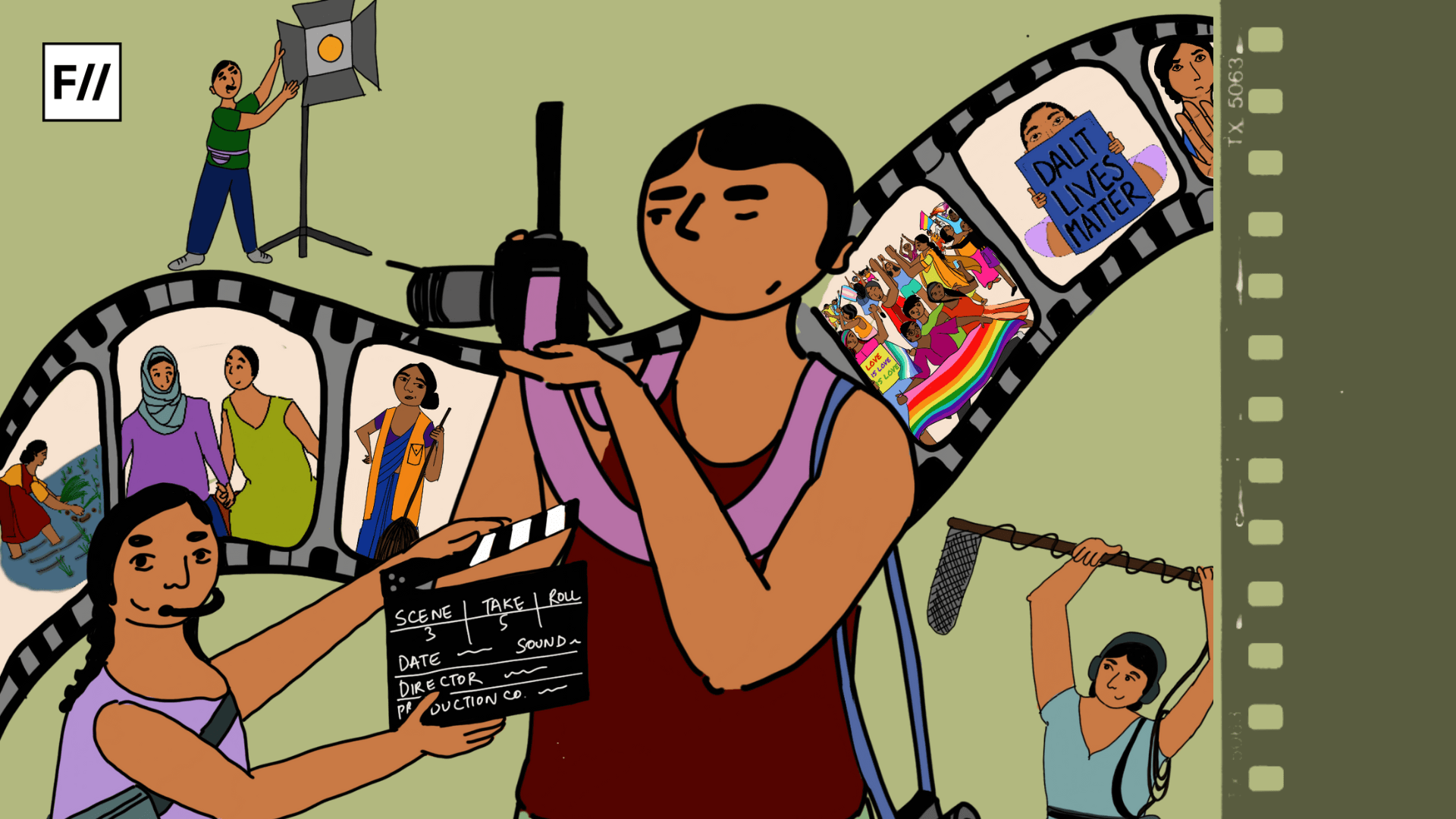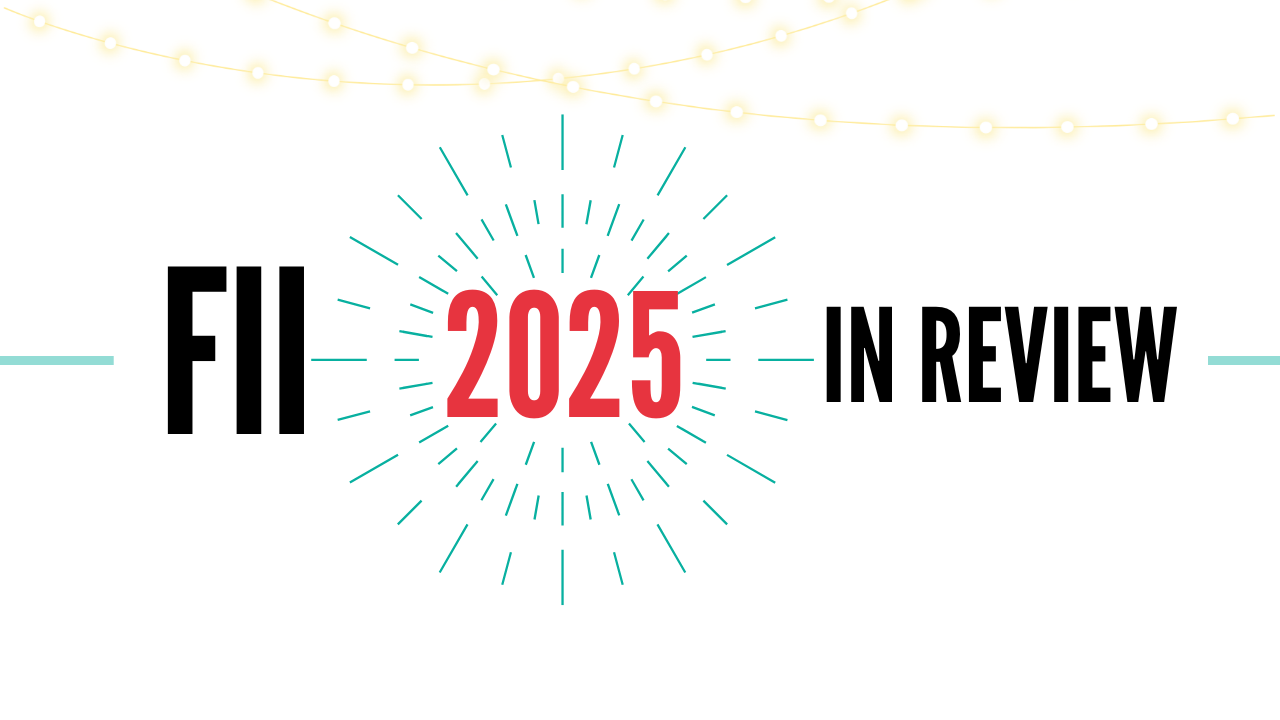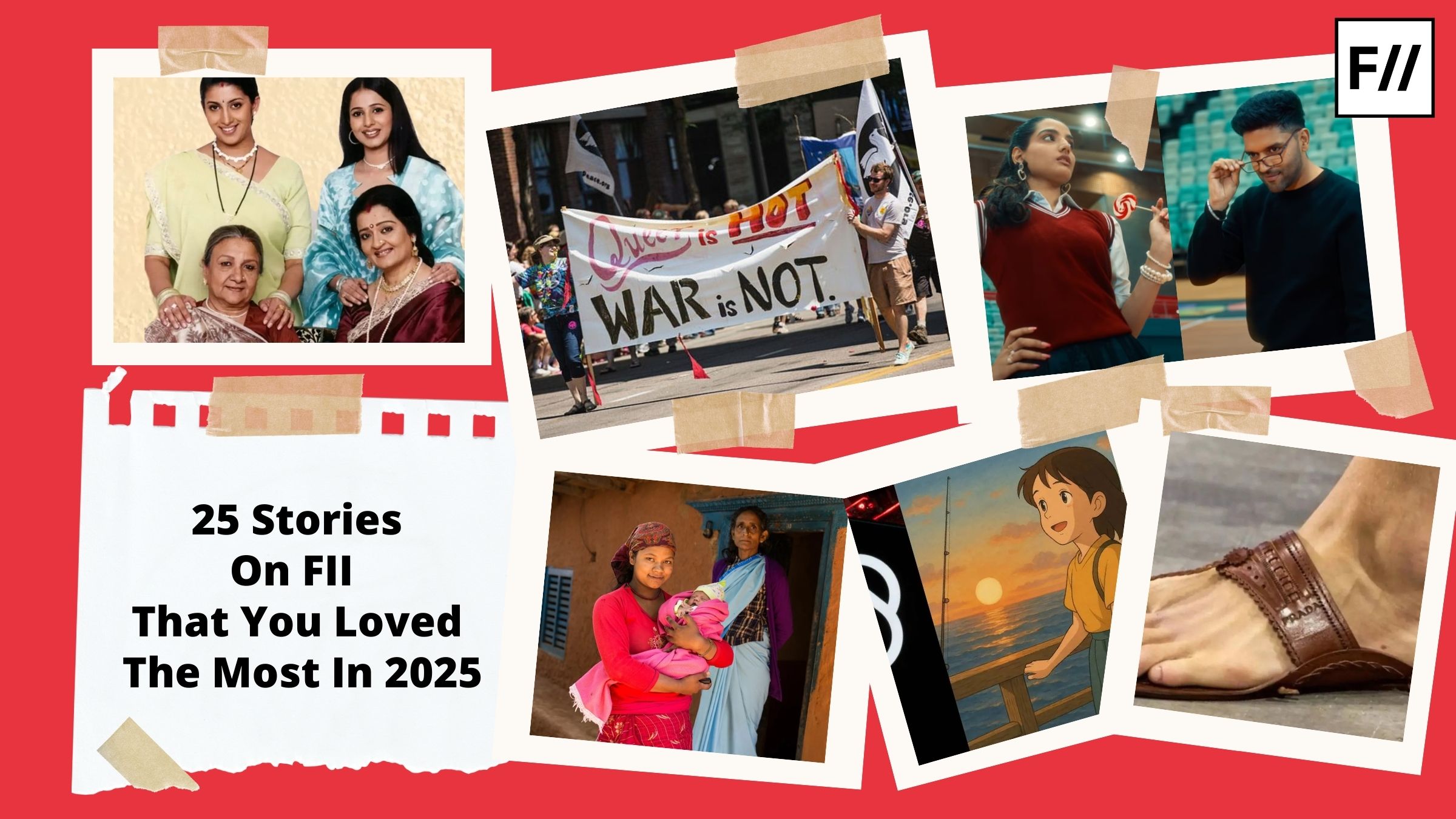Gender and caste independently as well as at the intersection have been poorly represented, misrepresented, and ill-conceived from the beginning of film history, giving out a wrong notion and message about the same peoples and audiences cinema is meant for – apart from throwing “art for art’s sake” objective in your face. In a nutshell, cinema as a medium has always had an upper hand and is not innocent.
Gender behind the films — in pertinent positions like cinematographers, directors, editors Etc —has always been given less precedence and space. Other than cisgender heterosexual males in powerful positions behind the camera, the rest of the diverse genders are disparaged and not represented at all. There is a huge gender disparity behind the camera.
Even today, in films, cisgender heterosexual female characters remain on the sidelines, especially in Hindi cinema. The female characters are given less to no agency of their own; they are restricted to meagre and small roles and/or characters who support or further the journey of the male protagonist, or sometimes to make the plot and the production zesty and progressive are given a “strong“, “boss lady” tokenistic roles.
Other than cisgender heterosexual males in powerful positions behind the camera, the rest of the diverse genders are disparaged and not represented at all. There is a huge gender disparity behind the camera.
Female characters are also illustrated in overused and highly stereotyped tropes in cinema. It won’t be an exaggeration to say that cinema is a world of cis-heterosexual males and the patriarchal systems of power and subjugation are constantly reinstated here.
While certain films have delivered a proper representation of female characters, gender disparity, stereotypes and discriminatory practices remain at the helm.
Sometimes to make the plot and the production zesty and progressive are given a “strong“, “boss lady” tokenistic roles.
Similarly, queer and LGBTQ persons have been misrepresented and used as a butt of the joke in cinema for years and not much has changed over the decades. Films like Kal Ho Na Ho, Partner, Etc, for instance, have portrayed a poor picture of the community. Yet, films like Fire, Paris Is Burning, Bomgay, and Aligarh have a special place in our hearts.

A study by the Center for the Study of Women in Television and Film at San Diego State University, “found male characters far outnumber female characters and women on the screen still adhere to outdated stereotypes.“
The same report also mentions, “Eighty-five per cent of films featured more male than female characters, but only 7% of films had more female than male characters.”
Another study conducted on Bollywood films mentions, “several commercially successful Bollywood movies are riddled with sexist and misogynist dialogues.”
“The 2007 hit Jab We Met (When We Met) included a line that likened a lone woman to a treasure chest. Wanted, made in 2009, referred to women chasing money. “You chase girls, but the girls chase money. If you chase money, girls will chase you.“
The study was compared to Bollywood’s counterpart Hollywood and it observed, “Some gender biases observed in Bollywood are very much present in its Western counterpart; a positive trend is observed in reduced biases with the progress of time; and a similar trend is observed in religious and geographic representation, with a considerable scope for improved diversity and inclusion.“
Similarly, when it comes to caste, Bollywood is teeming with misrepresentation and/or no representation, to serve the hierarchical casteist industry with no actors, or directors from marginalised castes and communities, to take up the roles and portray the characters from the very marginalised castes and communities in a valid way.
Dalit and other caste minorities’ representation might have become nuanced and a little effective over the past some years but to have a Dalit protagonist in films is still miles away.
In Hollywood and other European cinema, colourism is the alternative to caste. White cis-het-male gets all the glory while black, Asian or brown people still get the last bites.
To address this problematic and hegemonic discourse, misrepresentation and/or no representation of gender and caste on the screen and behind the screen, Feminism In India invites submissions on Gender, Caste And Cinema in the month of May 2023. We hope to contribute to the conversation and create a non-partisan, plural discourse about gender, and caste biases and misrepresentation in cinema from Hindi, Bollywood and Hollywood to regional and foreign cinema.
Representation and portrayal of gender and caste in cinema have been problematic with some developments over the years but proper and legitimate representation and portrayal are still a distant dream.

To address this problematic and hegemonic discourse, misrepresentation and/or no representation of gender and caste on the screen and behind the screen, Feminism In India invites submissions on Gender, Caste And Cinema in the month of May 2023. We hope to contribute to the conversation and create a non-partisan, plural discourse about gender, and caste biases and misrepresentation in cinema from Hindi, Bollywood and Hollywood to regional and foreign cinema.
Some of the pointers that you may find helpful in putting together your thoughts:
- Gender and Indian Cinema and/or Hollywood
- Gender and Regional Cinema
- Gender and Caste in Cinema
- Gender disparity behind the camera
- Need for Feminist and Queer Perspective in Cinema
- Gender and Violence in Cinema
- Caste in Hindi and/or regional cinema
- Racism in Hollywood or European Cinema
- Black, Asian, and Brown people’s representation in cinema
- LGBTQIA+ representation in Bollywood
- Film Reviews and Analysis of Indian Films from a Gender and caste perspective
This list is not exhaustive and you may feel free to write on topics within the theme that we may have missed out here.
Please refer to our submission guidelines before you send us your entries. You may email your submissions to shahinda@feminisminindia.com
We look forward to your drafts and hope you enjoy writing them!
Featured Illustration: Ritika Banerjee for Feminism In India
About the author(s)
Feminism In India is an award-winning digital intersectional feminist media organisation to learn, educate and develop a feminist sensibility and unravel the F-word among the youth in India.




